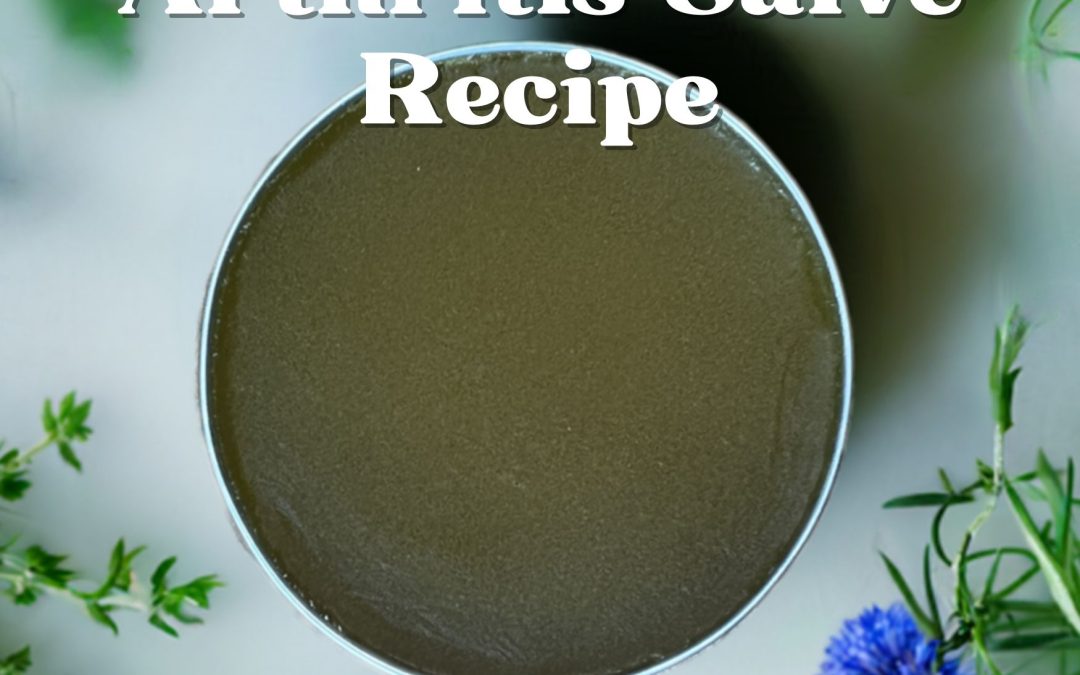This post may contain affiliate links, to learn more about them, check out our Disclosure.
Arthritis is a common condition that causes pain and inflammation in the joints. While conventional treatments are available, many people turn to medicinal plants for relief. Below is a comprehensive guide to the most effective medicinal plants for arthritis, including their benefits, scientific names, and possible side effects.
1. Turmeric (Curcuma longa)
Benefits:
Turmeric contains curcumin, a compound with powerful anti-inflammatory and antioxidant properties. Curcumin has been shown to reduce joint pain, stiffness, and inflammation in people with osteoarthritis and rheumatoid arthritis.
Possible Side Effects:
- Upset stomach or nausea
- Increased risk of bleeding (especially when taken with blood-thinning medications)
- Skin rashes or headaches (rare)
2. Ginger (Zingiber officinale)
Benefits:
Ginger is known for its anti-inflammatory and antioxidant properties, making it effective in reducing arthritis symptoms. Studies suggest that ginger can help decrease pain and improve mobility in osteoarthritis patients.
Possible Side Effects:
- Heartburn or digestive discomfort
- Diarrhea
- Increased bleeding risk (especially with blood-thinning medications)
3. Boswellia (Boswellia serrata)
Benefits:
Boswellia, also known as Indian frankincense, has been used for centuries in traditional medicine. It contains boswellic acids, which have strong anti-inflammatory effects. Boswellia has been shown to reduce pain and improve function in people with osteoarthritis.
Possible Side Effects:
- Nausea or stomach pain
- Diarrhea
- Allergic reactions (rare)
4. Willow Bark (Salix alba)
Benefits:
Willow bark has been used for centuries as a natural pain reliever. It contains salicin, a compound similar to aspirin, which helps reduce pain and inflammation associated with arthritis.
Possible Side Effects:
- Stomach upset or ulcers
- Increased risk of bleeding
- Allergic reactions, especially in people allergic to aspirin
5. Devil’s Claw (Harpagophytum procumbens)
Benefits:
Devil’s claw is a traditional African remedy known for its anti-inflammatory and analgesic properties. It is particularly effective in reducing pain and improving joint function in osteoarthritis and rheumatoid arthritis.
Possible Side Effects:
- Stomach discomfort or ulcers
- Diarrhea
- Lower blood sugar levels (caution in diabetic patients)
6. Evening Primrose Oil (Oenothera biennis)
Benefits:
Evening primrose oil is rich in gamma-linolenic acid (GLA), an omega-6 fatty acid with anti-inflammatory properties. It has been shown to reduce morning stiffness and joint pain in people with rheumatoid arthritis.
Possible Side Effects:
- Stomach upset or headache
- Increased risk of bleeding
- Allergic reactions
7. Stinging Nettle (Urtica dioica)
Benefits:
Stinging nettle has been used in traditional medicine to treat various inflammatory conditions, including arthritis. It may help reduce inflammation and alleviate joint pain when applied topically or taken orally.
Possible Side Effects:
- Stomach upset or diarrhea
- Sweating
- Allergic reactions (especially when handled raw)
8. Aloe Vera (Aloe barbadensis miller)
Benefits:
Aloe vera is known for its soothing and anti-inflammatory properties. It can be applied topically to reduce joint pain and inflammation or taken orally to support overall health.
Possible Side Effects:
- Stomach cramps or diarrhea (when taken orally)
- Allergic skin reactions (rare)
- Lower blood sugar levels
Medicinal plants offer a natural approach to managing arthritis symptoms, providing relief from pain and inflammation. However, it’s important to consult with a healthcare provider before starting any new treatment, as these plants can interact with medications or cause side effects. By understanding the benefits and risks, you can make an informed decision about incorporating these natural remedies into your arthritis management plan.
For optimal health, always use these plants as part of a balanced approach, combining them with proper diet, exercise, and conventional treatments as recommended by your doctor.

